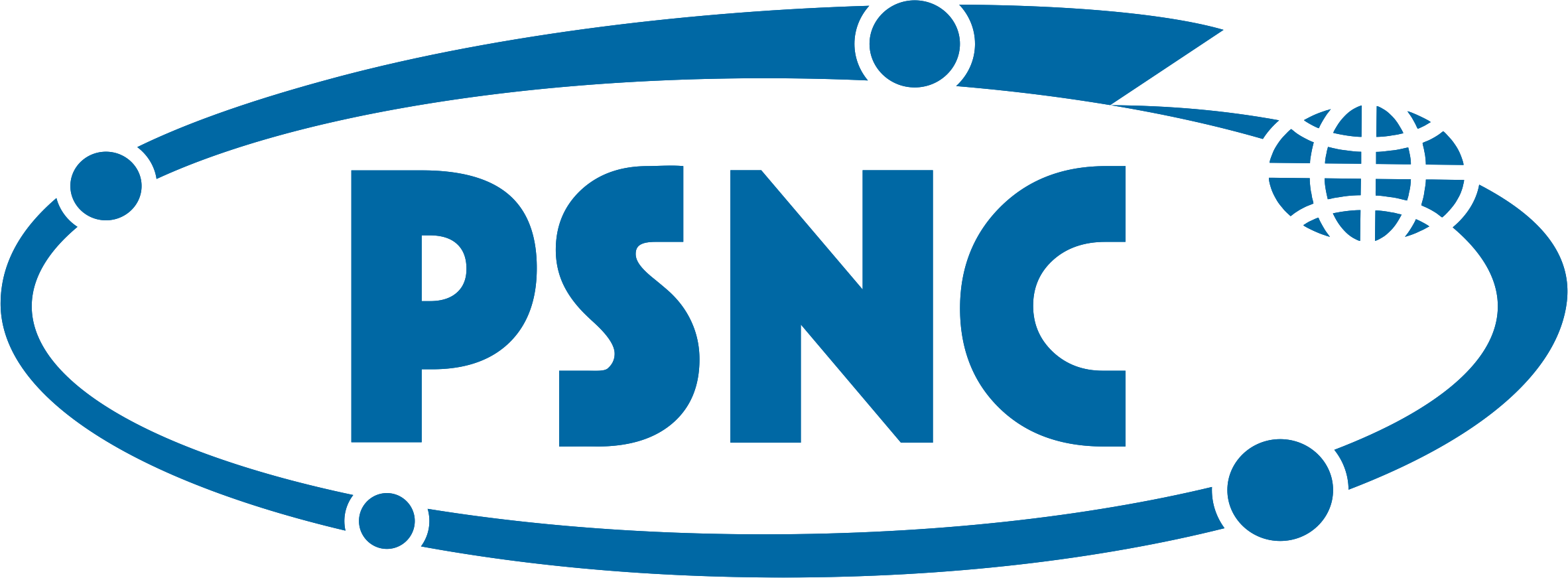# Introduction to High-Performance Computing (HPC)
High-Performance Computing (HPC) refers to the use of supercomputers or large-scale computing clusters to solve complex computational problems. HPC systems provide the computational power required to handle tasks that are too large, too complex, or too time-consuming for traditional desktop computers. HPC involves parallel processing, where multiple processors work together to solve a problem faster, enabling researchers, engineers, and scientists to tackle computational challenges that require vast amounts of processing power.
# Why Would You Be Interested in High-Performance Computing (HPC)?
# 1. Handling Large-Scale Problems
Many scientific, engineering, and business problems involve enormous datasets or complex models that cannot be processed on standard computers. Examples include simulations in physics (e.g., climate modeling, astrophysical simulations), bioinformatics (e.g., genome sequencing), or economics (e.g., large-scale financial models).
HPC allows you to process these large datasets quickly and accurately by distributing the work across multiple processors or computers.
# 2. Speed and Efficiency
Tasks that would take days, weeks, or even months on a typical desktop computer can often be completed in hours or days using HPC resources. This speed-up is critical for industries or research fields that require real-time results or quick iterative testing (e.g., weather forecasting, drug discovery, financial modeling).
# 3. Parallel Processing
Unlike traditional computing, which processes tasks sequentially, HPC systems leverage parallel processing. Multiple processors or nodes work simultaneously on different parts of a problem, significantly accelerating computations. This parallelism is ideal for tasks such as simulations, optimizations, and large-scale data analysis.
# 4. Advancing Scientific Research
HPC is instrumental in advancing scientific understanding and breakthroughs. For instance, HPC is used in genomics to analyze biological data, in material science to simulate new materials, and in physics to simulate atomic and subatomic behavior. Without HPC, many of the modern advances in these fields would not be possible.
# 5. Innovative Product Development
In industries such as automotive, aerospace, and pharmaceuticals, companies use HPC to simulate product designs, optimize manufacturing processes, and accelerate the development of new technologies. HPC enables faster prototyping and testing, reducing costs and time-to-market for new products.
# 6. Artificial Intelligence and Machine Learning
HPC is crucial for training large-scale machine learning models, which often require massive amounts of computation power and data. For example, training deep neural networks for natural language processing (like GPT models) or computer vision requires the parallel processing capabilities of HPC clusters.
# 7. Cost-Effectiveness in the Long Run
While HPC systems can be expensive to set up and maintain, they provide a cost-effective solution for organizations that need to perform large-scale computations regularly. Instead of relying on cloud-based computing resources for every large job, organizations can invest in their own HPC infrastructure, which can provide substantial savings over time.
# 8. Problem Solving in Real-Time
Some problems, such as real-time data analysis, require near-instantaneous results. In areas like cybersecurity, financial trading, or autonomous vehicles, HPC can provide the computational power needed to process data and make decisions in real-time.
# Use Cases for High-Performance Computing
# 1. Weather Forecasting and Climate Modeling
HPC is used to simulate weather patterns and predict climate changes with high accuracy, enabling more reliable forecasts and better disaster preparedness.
# 2. Drug Discovery and Molecular Modeling
In the pharmaceutical industry, HPC enables the simulation of molecular interactions, helping researchers design drugs faster and more efficiently.
# 3. Simulating Physical Phenomena
HPC is critical for simulating complex physical systems such as nuclear reactors, fluid dynamics, and crash tests for automobiles or airplanes.
# 4. Financial Modeling
Banks and financial institutions use HPC to model market conditions, assess risk, and develop algorithmic trading strategies.
# 5. Artificial Intelligence and Machine Learning
HPC allows for the rapid training of deep learning models and the analysis of vast datasets in AI and machine learning applications.
# Conclusion
In summary, HPC is essential for any field or industry that needs to process large amounts of data, run complex simulations, or develop innovative technologies quickly and efficiently. If you’re involved in research, development, or problem-solving on a scale that exceeds the capabilities of conventional computers, HPC offers the tools and resources to push the boundaries of what’s possible.
# System Overview
The supercomputing center is equipped with powerful computational infrastructure across the Eagle, Altair, and Proxima clusters, designed for complex scientific and technical computations. Below is a general description of the computing resources and data storage systems of the center.
# Computing Resources
The center has 1500 servers, with various hardware configurations:
- 100,000 CPU cores across the entire system, capable of handling a wide range of computational tasks.
- Servers feature 48 or 112 cores per server (depending on configuration, without Hyper-Threading technology).
- 192 to 768 GB of RAM per server, providing sufficient memory for memory-intensive computations.
Additionally, there are dedicated servers equipped with Tesla GPU cards (about 100 servers), which enable acceleration of tasks related to data science, machine learning, physical simulations, and other GPU-intensive applications.
# Data Storage System
The center features an advanced data storage system, designed to handle large datasets and provide high-speed data exchange between servers:
- project_data: A storage space with 10 PB capacity, used for storing project-related computational and research data.
- scratch: A high-performance storage system with 120 GB/s throughput and 6 PB capacity, providing fast access to data during intensive computations.
- archive: A data archiving system with 5 GB/s throughput and 30 PB capacity, ensuring long-term storage of large-scale data.
# Job Scheduling System
The center uses the Slurm job scheduler, a popular workload manager that allocates computational resources. It efficiently manages task assignments to servers and optimizes the supercomputer's load, ensuring optimal resource utilization.
# Key Partitions:
- Standard: The default queue, which includes all the servers (1500 servers).
- Tesla: A partition dedicated to servers with Tesla GPU cards, used for specialized GPU-based computations.
